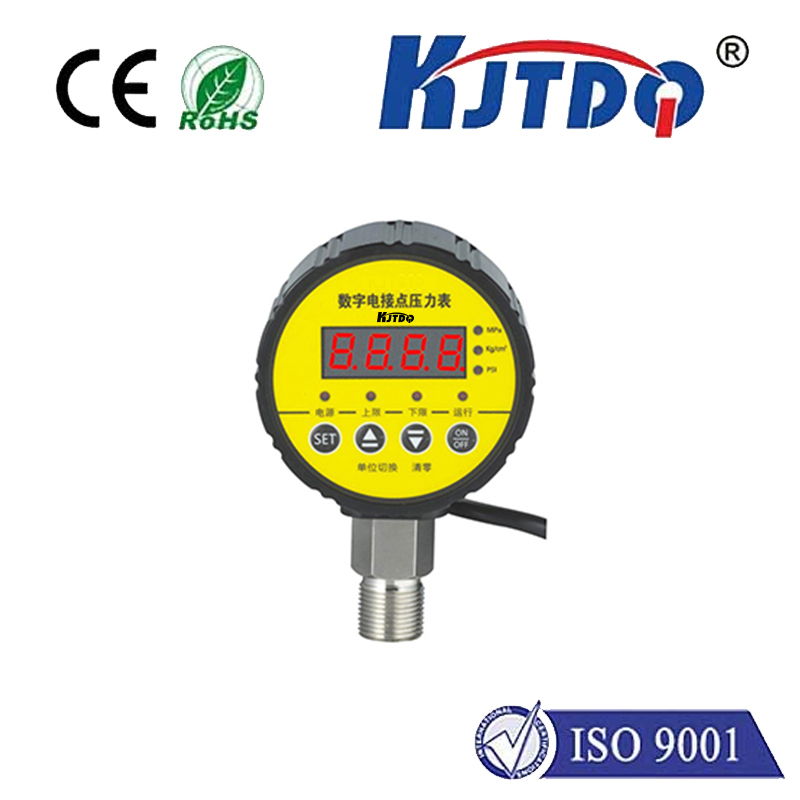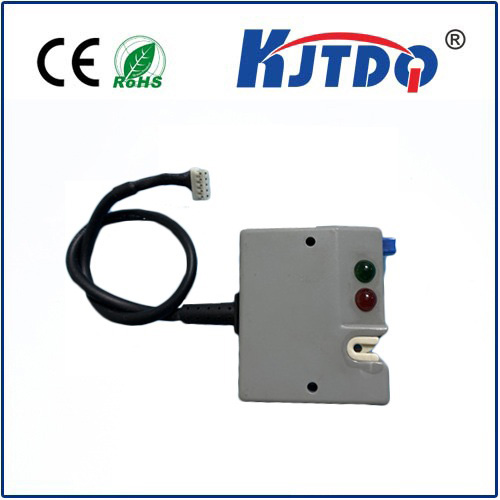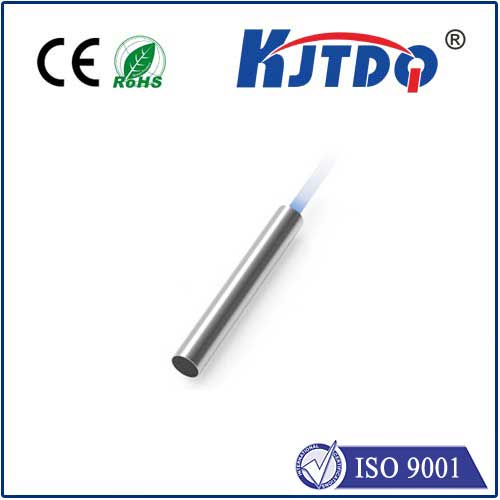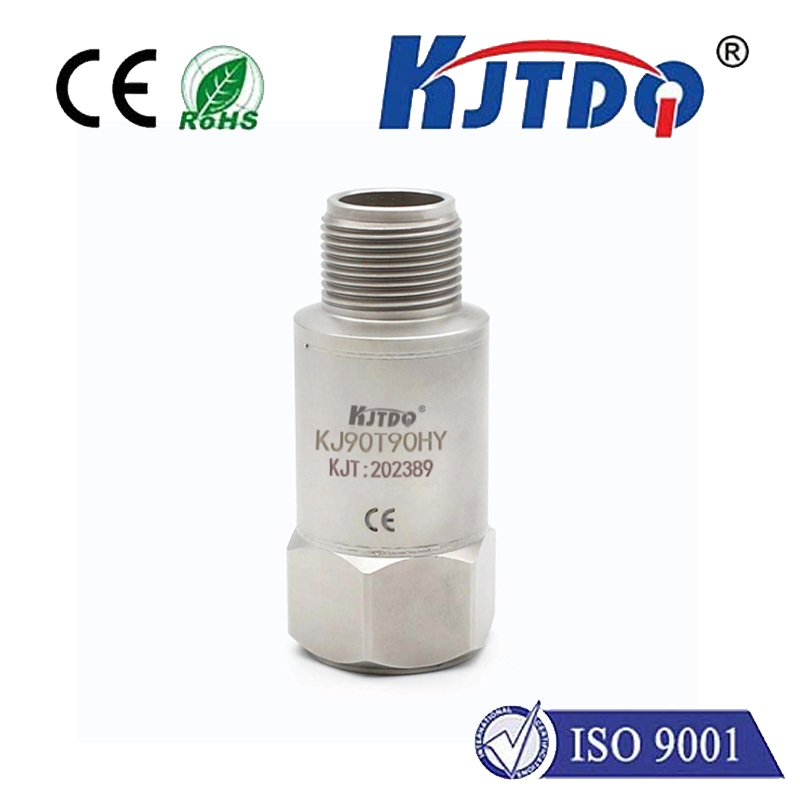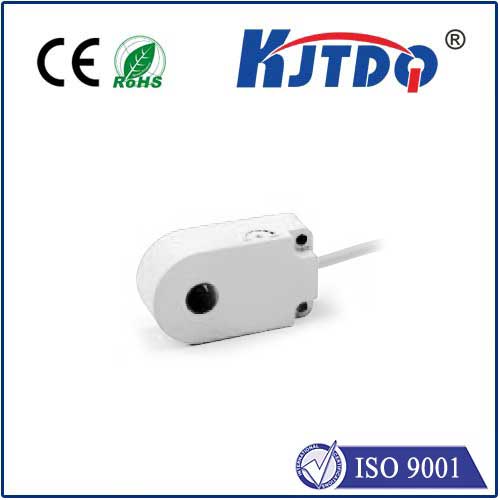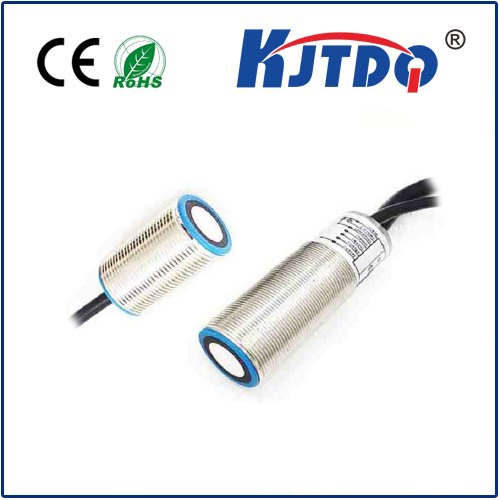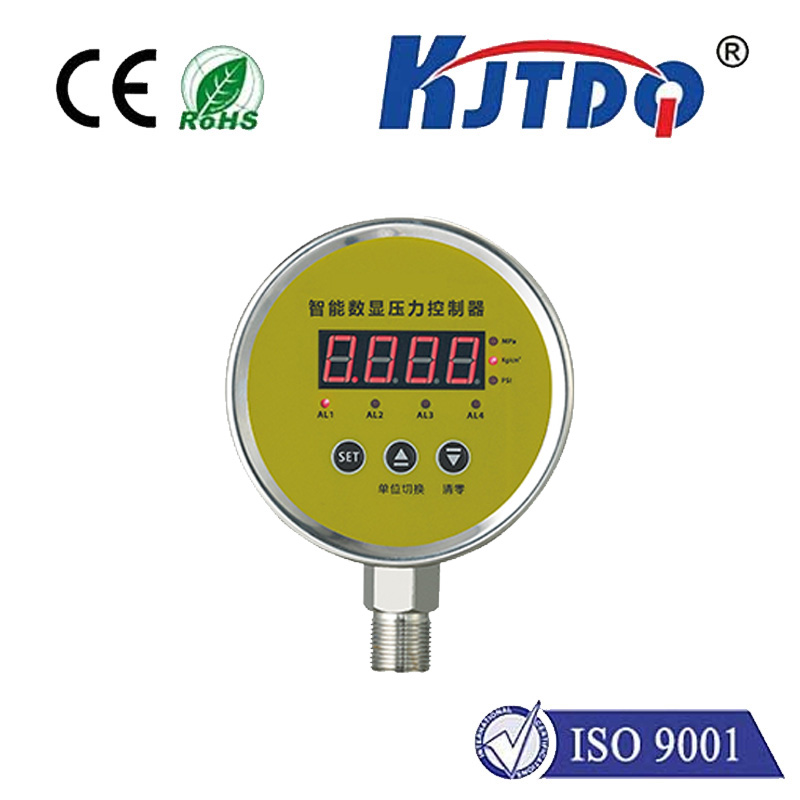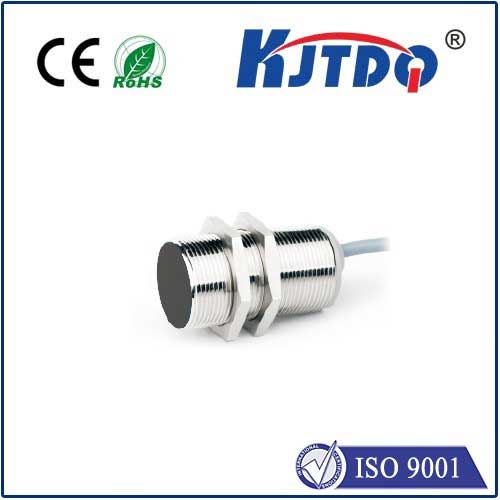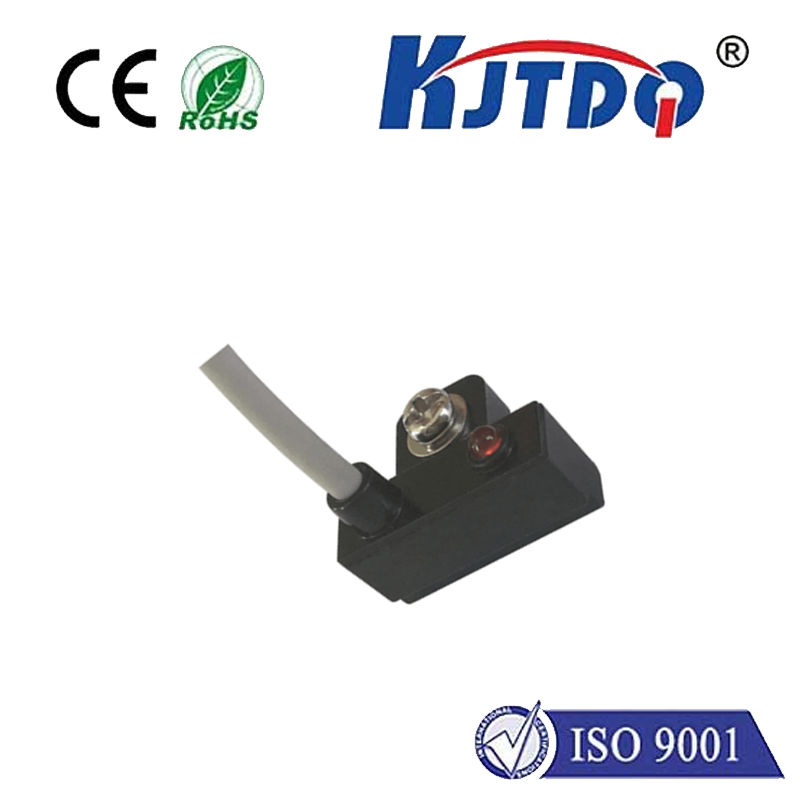
check

check

check

check
Understanding the Final Limit Switch: Importance and Applications
A final limit switch, commonly found in machinery and industrial equipment, serves as a crucial element for safety and control. This mechanical device is designed to halt the motion of a machine or system once it reaches its predefined end point. The term 'final' indicates that the switch activates at the extreme or ultimate extent of a mechanism's travel range. Let's delve into the significance and varied applications of this essential component.
The Role of the Final Limit Switch
In industrial automation and robotics, precise control over moving parts is paramount. The final limit switch ensures that machines do not operate beyond their intended parameters. When engaged, it sends a signal that can stop motors from running, preventing damage to equipment and reducing the risk of accidents. For instance, an elevator will not move past its top or bottom levels if the final limit switch functions correctly.
Safety First

Safety is a primary concern where machinery is involved. The final limit switch acts as a safeguard, preventing mechanisms from operating outside safe limits. In high-risk environments like manufacturing plants and construction sites, these switches are vital for minimizing human error and ensuring workers are not exposed to dangerous machinery movements.
Control and Precision
In addition to safety, the final limit switch aids in maintaining operational precision. By setting strict boundaries on machine movement, quality control is enhanced. This is particularly important in processes where accuracy down to the micrometer matters, such as in semiconductor manufacturing or other precision industries.
Maintenance Alerts
When a final limit switch is activated, it not only stops the machinery but also signals the need for maintenance. This early warning allows engineers to identify and address issues before they escalate into costly repairs or downtime.
Versatility in Applications
From simple conveyor belts to complex robotic arms, the final limit switch has broad utility. In conveyor systems, it stops the belt when goods reach the end of the line, facilitating organized loading and unloading procedures. In CNC machines, it provides endpoint positioning during machining operations, ensuring components are manufactured to spec.
Integration with Automation Systems
As automation advances, final limit switches often become integrated into smarter systems, working in tandem with sensors and PLCs (Programmable Logic Controllers). Data from these switches can feed back into control systems for real-time monitoring and adjustments, making operations more efficient and responsive to changes.
Conclusion
The final limit switch may be a small component, but its impact on machinery operation is monumental. As gatekeepers of safety, precision, and reliability, these devices ensure that industry operates smoothly while mitigating risks. Whether in heavy industry or small-scale production, understanding and properly implementing final limit switches is key to maintaining effective and safe machinery function
